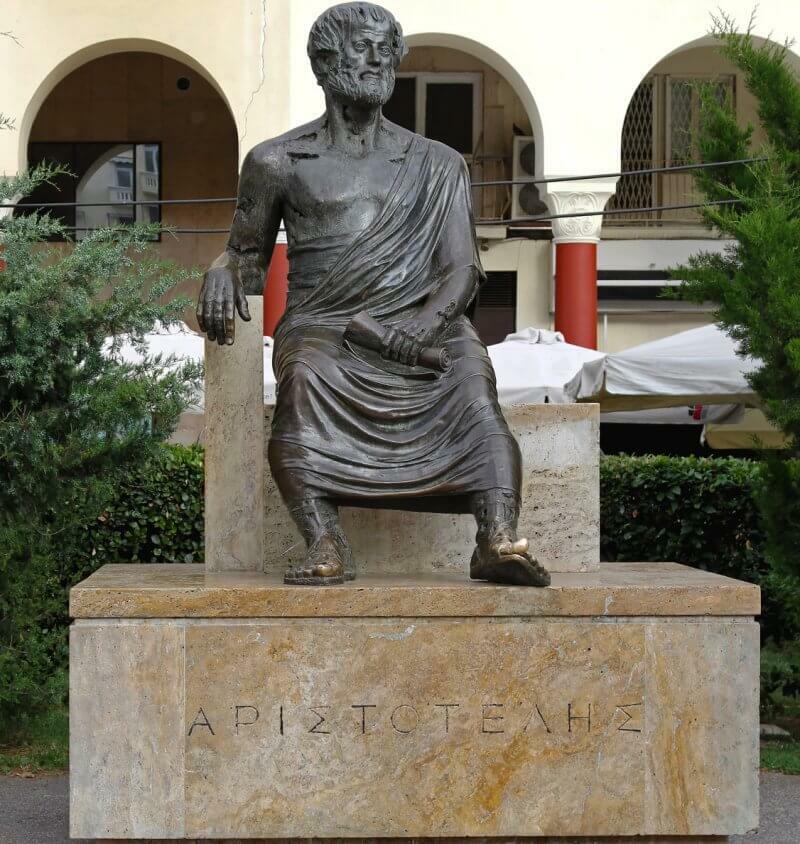25 Examples of Monatomic Ions
Examples / / November 06, 2023
A monatomic ion is an ion that is made up of a single atom. For example: the calcium ion (Ca2+) and the chloride ion (Cl–).
A ion is an atom or molecule that has lost or gained electrons, so it has a positive or negative electrical charge.
- See also: polyatomic ions
Types of monatomic ions
Monatomic ions are classified according to what type of binary compounds they can form:
-
Monatomic ions that form type I binary compounds. They are those ions formed by atoms that act with a single oxidation number. For example: the calcium ion (Ca2+) and the sodium ion (Na+).
Type I binary compounds are formed by ions from atoms that act with a single oxidation number. For example: sodium chloride (NaCl), which is formed with the sodium ion (Na+). -
Monatomic ions that form type II binary compounds. They are those ions formed by atoms that act with two oxidation numbers. For example: the iron (II) ion (Fe2+) and the iron (III) ion (Fe3+).
Type II binary compounds are formed by ions from atoms that act with two oxidation numbers. For example: iron(II) chloride (FeCl2) and iron (III) chloride (FeCl3). Both compounds are formed with different ions of the iron atom, the iron (II) ion (Fe2+) and the iron (III) ion (Fe3+).
Examples of monatomic ions
- Hydride ion (H–)
- Bromide ion (Br–)
- Chloride ion (Cl–)
- Iodide ion (I–)
- Calcium ion (Ca2+)
- Sodium ion (Na+)
- Potassium ion (K+)
- Magnesium ion (Mg2+)
- Iron (II) ion (Fe2+)
- Iron (III) ion (Fe3+)
- Nickel ion (Ni2+)
- Copper (I) ion (Cu+)
- Copper (II) ion (Cu2+)
- Oxide ion (O2-)
- Sulfide ion (S2-)
- Nitride ion (N3-)
- Phosphide ion (P3-)
- Carbide ion (C4-)
- Lithium ion (Li+)
- Aluminum ion (Al3+)
- Silver ion (Ag+)
- Barium ion (Ba2+)
- Zinc ion (Zn2+)
- Cesium ion (Cs+)
- Rubidium ion (Rb+)
Monatomic anions and cations
Monatomic anions are made up of a single atom that has gained one or more electrons. For example: the chloride anion (Cl–) and the nitride anion (N3-).
Monatomic cations are made up of a single atom that has lost one or more electrons. For example: the calcium cation (Ca2+) and the iron (III) cation (Fe3+).
Nomenclature of monatomic ions
Nomenclature of monatomic anions
Monatomic cations are formed from non-metal atoms.
- Monatomic anions that do not contain oxygen are named by placing the word ion and then the name of the nonmetal with the ending -uro. For example: the chloride ion (Cl–) and the sulfide ion (S2-).
- Monatomic anions that contain oxygen are named by placing the word ion and then the name of oxygen with the ending -ido. For example: the oxide ion (O2-) and the peroxide ion (O22-).
Nomenclature of monatomic cations
Monatomic cations are formed from metal atoms.
- If a metal has a single oxidation number, its ions are named by placing the word ion and then the name of the corresponding chemical element. For example: the sodium ion (Na+) and the aluminum ion (Al3+).
- If a metal has several oxidation numbers, its ions are named by placing the word ion and then the name of the chemical element corresponding followed by the oxidation number written in Roman numerals and in parentheses. For example: the copper (I) ion (Cu+) and the copper (II) ion (Cu2+).
Monatomic ions in the human body
The human body requires the presence of a set of monatomic ions for its proper functioning. It is essential that the concentrations of sodium and potassium ions remain at normal levels, and for that, the potassium concentration must be higher within the cell than outside of it.
On the other hand, calcium ions are essential for muscle contraction, the regulation of heart rate, the development of bones and the secretion of certain hormones.
Chloride ions, for their part, are found in gastric juice, so they are very important for digestion. In addition, they are part of the extracellular fluid, being essential in the balance of body fluids.
References
- Bernal, J. P., & Railsback, L. b. (2008). Introduction to the Periodic Table of the Elements and their Ions for Earth Sciences. Mexican journal of geological sciences, 25(2), 236-246.
- “Calcium in the diet” In: https://medlineplus.gov/ Available in: https://medlineplus.gov/. Accessed: August 21, 2023
- Torras, M. (Ed.). (2008). Incarnation (c)ions: theory (s) of bodies (Vol. 4). UOC Publishing.
Follow with:
- Ionic bonds
- Covalent bonds
- Supersaturated solutions
- binary salts



